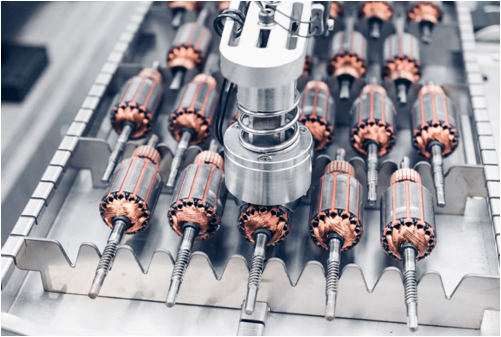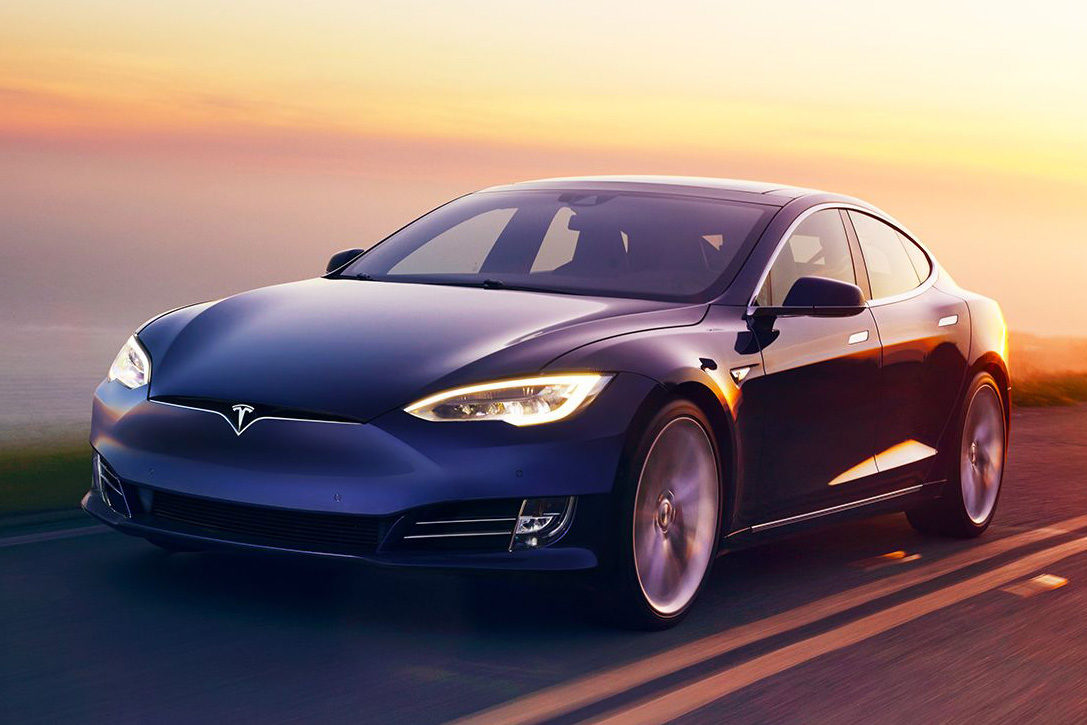The electric motors that power today’s EVs rely on permanent magnets made using rare-earth metals such as neodymium. Rare earths are the 15 elements whose atomic numbers run from 57 to 71, plus yttrium and scandium. They are silvery-white soft heavy metals.“Rare-earth elements (REE) are necessary components of more than 200 products across a wide range of applications, especially high-tech consumer products, such as cellular telephones, computer hard drives, electric and hybrid vehicles, and flat-screen monitors and televisions. Significant defense applications include electronic displays, guidance systems, lasers, and radar and sonar systems. Although the amount of REE used in a product may not be a significant part of that product by weight, value, or volume, the REE can be necessary for the device to function. For example, magnets made of REE often represent only a small fraction of the total weight, but without them, the spindle motors and voice coils of desktops and laptops would not be possible.”While some devices may require these elements, whose extraction has proved to be damaging to the environment and whose supply is controlled almost entirely by China, the electric motors used by EVs have an off-ramp from the rare-earth highway. Mahle is offering a solution that promises benefits over today’s permanent magnet motors while eliminating rare earth elements.“Our new traction motor does not require any rare earth magnets but generates the necessary magnetic field for operation by means of an excitation coil located in the rotor,” explained Dr. Martin Berger, Mahle Vice President for Corporate Research and Advanced Engineering. “As a result, the production of our traction motor is independent of raw material markets, reduces the environmental impact of mining rare earth materials, and makes the motor cheaper overall.”The Mahle motor uses wireless inductive power transmission inside that because the parts are contact-free, they do not wear from friction. This has made inductive motors attractive in applications where durability was critical in the past. But recent advances in digital control systems also boost the efficiency of the technology. “The wireless transmitter is the key part of this product,” said Berger. “To get energy to the rotor, it uses an alternating field which is then converted into direct current for the magnet coils. These magnet coils replace the permanent magnets. They induce a magnetic field into the air gap and cause the motor to generate torque.”
Mahle says that it relied on an advanced simulation process to test various iterations of the magnet-free motor’s design, adjusting key parameters to find the ideal solution. The company credits the speed of this modeling versus traditional processes for its success in producing this EV motor. “We have developed a motor that operates with maximum performance in almost all points, achieving an efficiency of 96-plus percent,” crowed Berger.
Eliminating rare earths not only relieves EV makers of ethical concerns but there are also the practical benefits of not having a supply dependent on China and eliminating exposure to the changeable cost of these expensive material.“Our magnet-free motor can certainly be described as a breakthrough because it provides several advantages that have not yet been combined in a product of this type,” he said. “As a result, we can offer our customers a product with outstanding efficiency at a comparatively low cost.”
Sourc:e: https://www.designnews.com/automotive-engineering/mahle-rare-earth-magnet-free-ev-motor-tops-96-percent-efficiency

 English
English


